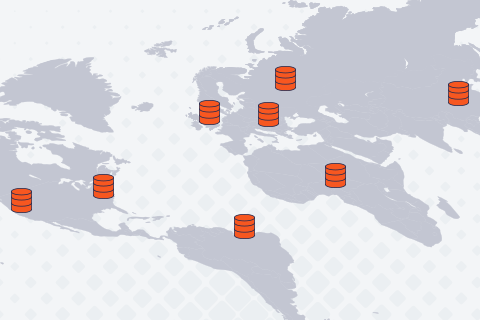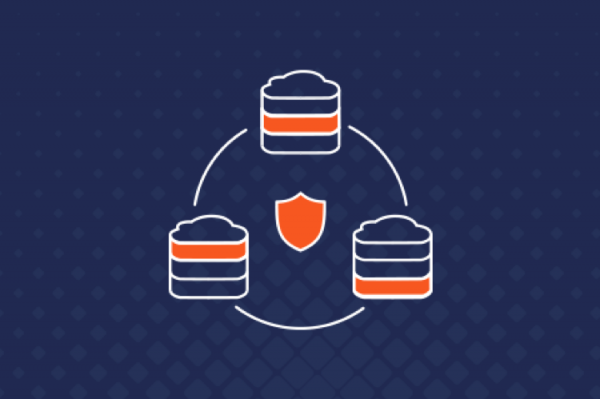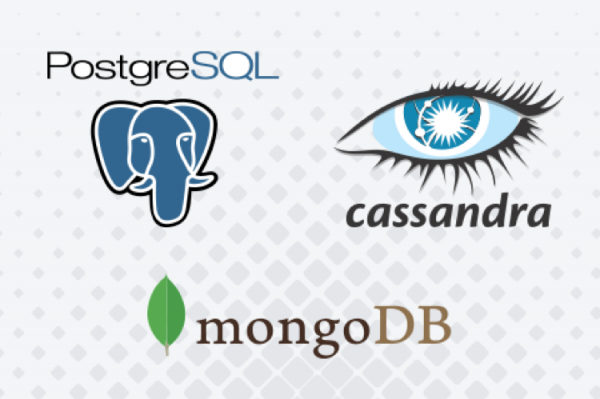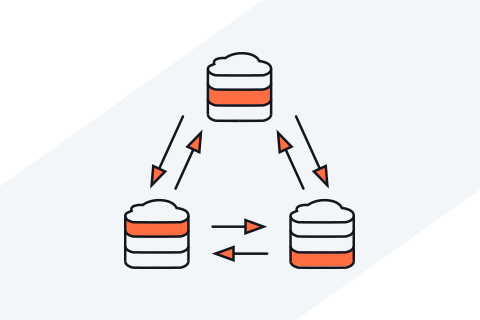Distributed PostgreSQL on a Google Spanner Architecture – Query Layer
Our previous post dived into the details of the storage layer of YugabyteDB called DocDB, a distributed document store inspired by Google Spanner. This post focuses on Yugabyte SQL (YSQL), a distributed, highly resilient, PostgreSQL-compatible SQL API layer powered by DocDB. A follow-up post will highlight the challenges faced and lessons learned when engineering such a database.
YSQL, Distributed PostgreSQL Made Real
Yugabyte SQL (YSQL) is a distributed and highly resilient SQL layer,
…









